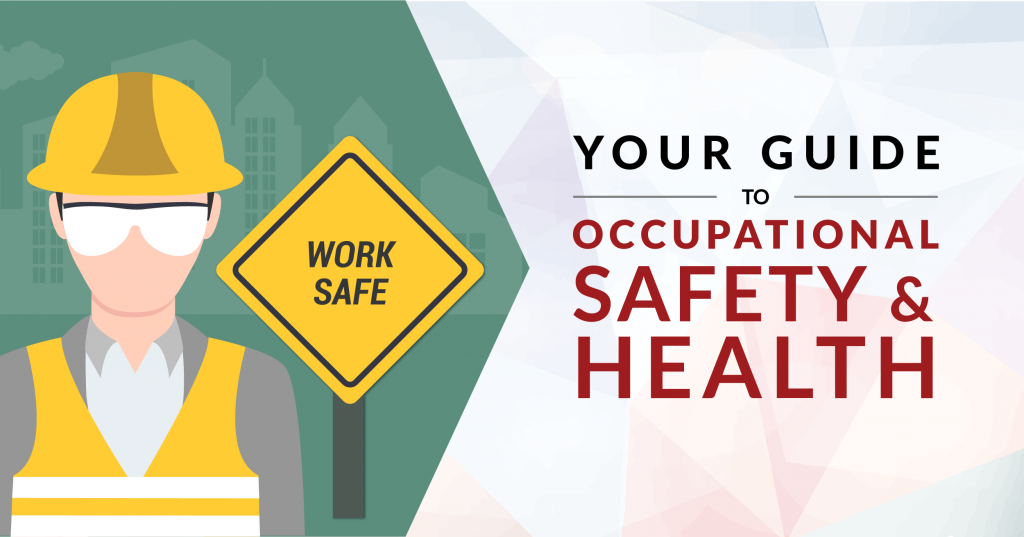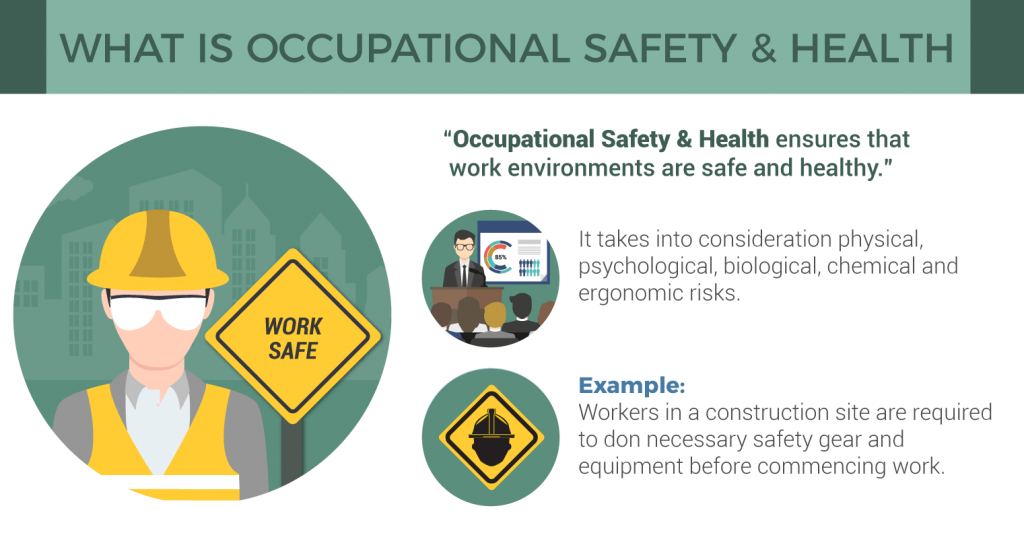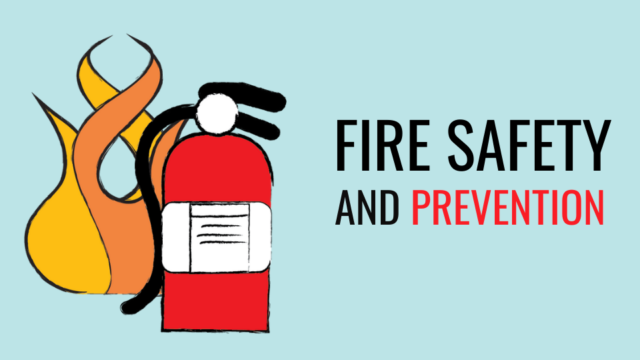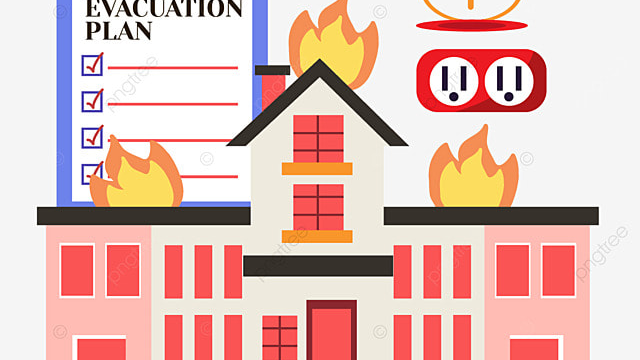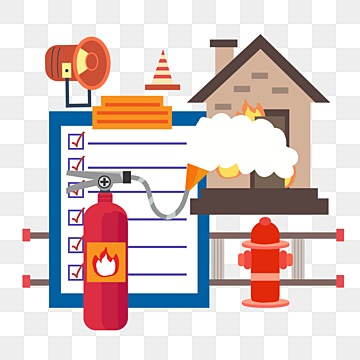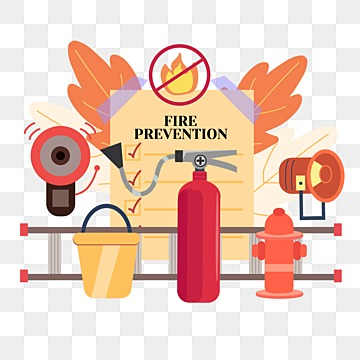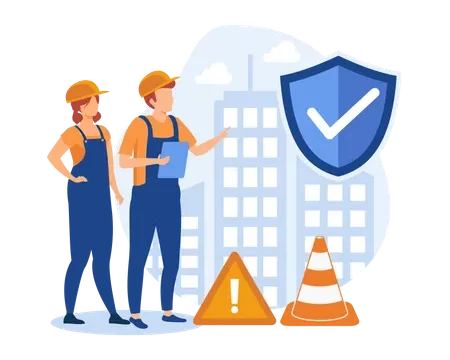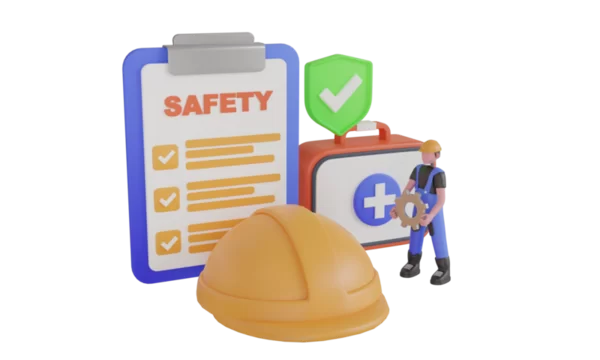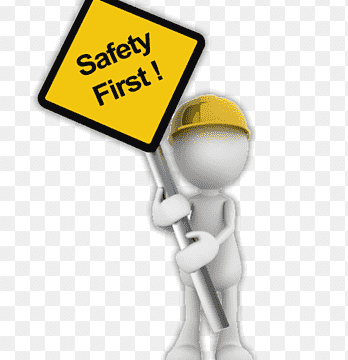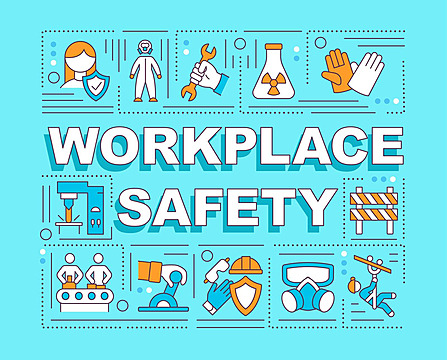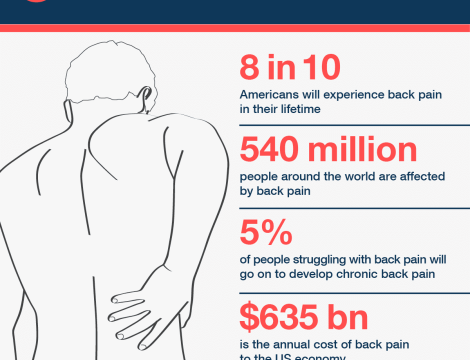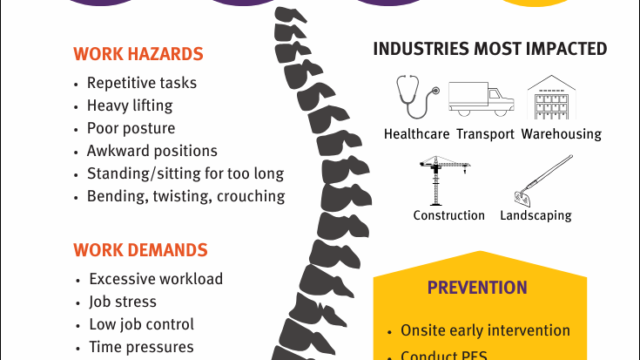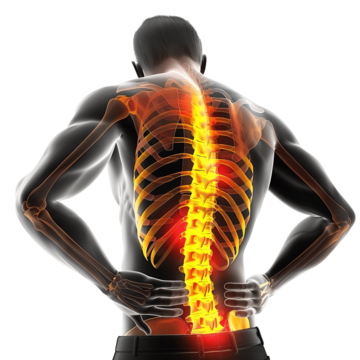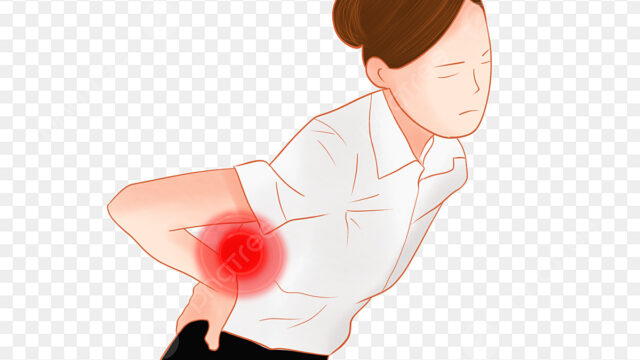Popular
Workplace Safety
Description
Course Outline
1. Introduction to Workplace Safety
- Importance of workplace safety
- Common workplace hazards
- Overview of health and safety regulations
2. Hazard Identification and Risk Assessment
- Types of workplace hazards (physical, chemical, biological, ergonomic, etc.)
- Conducting risk assessments
- Prioritizing risks and controls
3. Personal Protective Equipment (PPE)
- Types of PPE
- Proper selection, use, and maintenance
- Legal requirements for PPE usage
4. Emergency Preparedness and Response
- Developing emergency action plans
- Fire safety and evacuation procedures
- Responding to medical emergencies
5. Workplace Safety Policies and Procedures
- Key components of workplace safety policies
- Implementing and enforcing policies
- Creating a culture of safety in the workplace
6. Incident Reporting and Investigation
- Importance of incident reporting
- Steps to investigate workplace incidents
- Developing corrective actions to prevent future incidents
7. Ergonomics and Workplace Wellness
- Importance of ergonomics
- Identifying ergonomic risks
- Promoting physical and mental well-being at work
8. Specialized Training Topics
- Industry-specific safety training (e.g., construction, manufacturing, healthcare)
- Safe handling of hazardous materials
- Electrical and machinery safety
Course Objectives
- To educate participants on the importance of workplace safety and compliance with regulations.
- To enable participants to identify and mitigate workplace hazards effectively.
- To instill the knowledge of using PPE and safety equipment correctly.
- To prepare participants to respond appropriately to workplace emergencies.
- To promote a proactive approach to incident reporting and prevention.
- To encourage the implementation of ergonomic practices for improved well-being.
Learning Outcomes
By the end of the course, participants will be able to:
- Identify workplace hazards and conduct risk assessments.
- Understand and apply workplace safety regulations and policies.
- Use personal protective equipment (PPE) correctly.
- Respond effectively to workplace emergencies, including fire and medical incidents.
- Create and maintain a safe work environment through proper procedures and reporting.
- Implement ergonomic practices to reduce physical strain and enhance workplace wellness.
Methodology
- Interactive Lectures:
- Use of multimedia presentations to deliver key concepts.
- Real-world examples and case studies to illustrate points.
- Hands-On Demonstrations:
- Practical sessions on PPE usage and emergency procedures.
- Mock drills for fire safety and first aid response.
- Group Discussions and Workshops:
- Collaborative activities to analyze risks and develop safety solutions.
- Scenario-based exercises for incident investigations.
- Assessments and Quizzes:
- Periodic quizzes to assess knowledge retention.
- Final assessment to evaluate overall understanding.
- Role-Playing and Simulations:
- Role-playing emergency response scenarios.
- Simulated workplace hazard identification and risk assessment exercises.
- Take-Home Resources:
- Course manuals, checklists, and safety templates.
- Access to online resources and follow-up materials.
Location
Review
Write a ReviewThere are no reviews yet.




